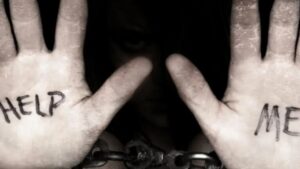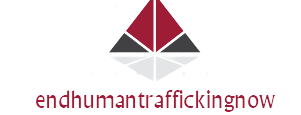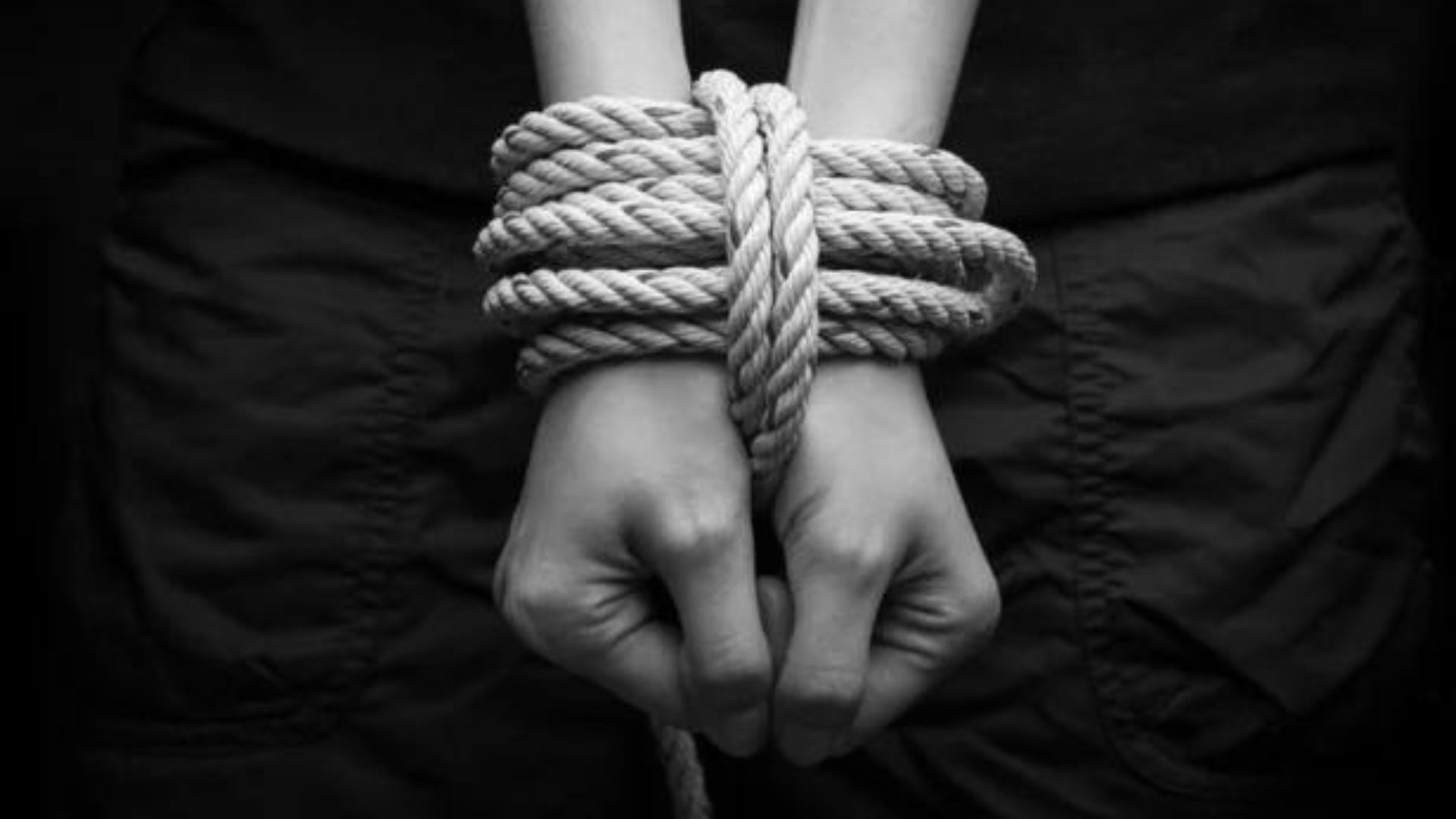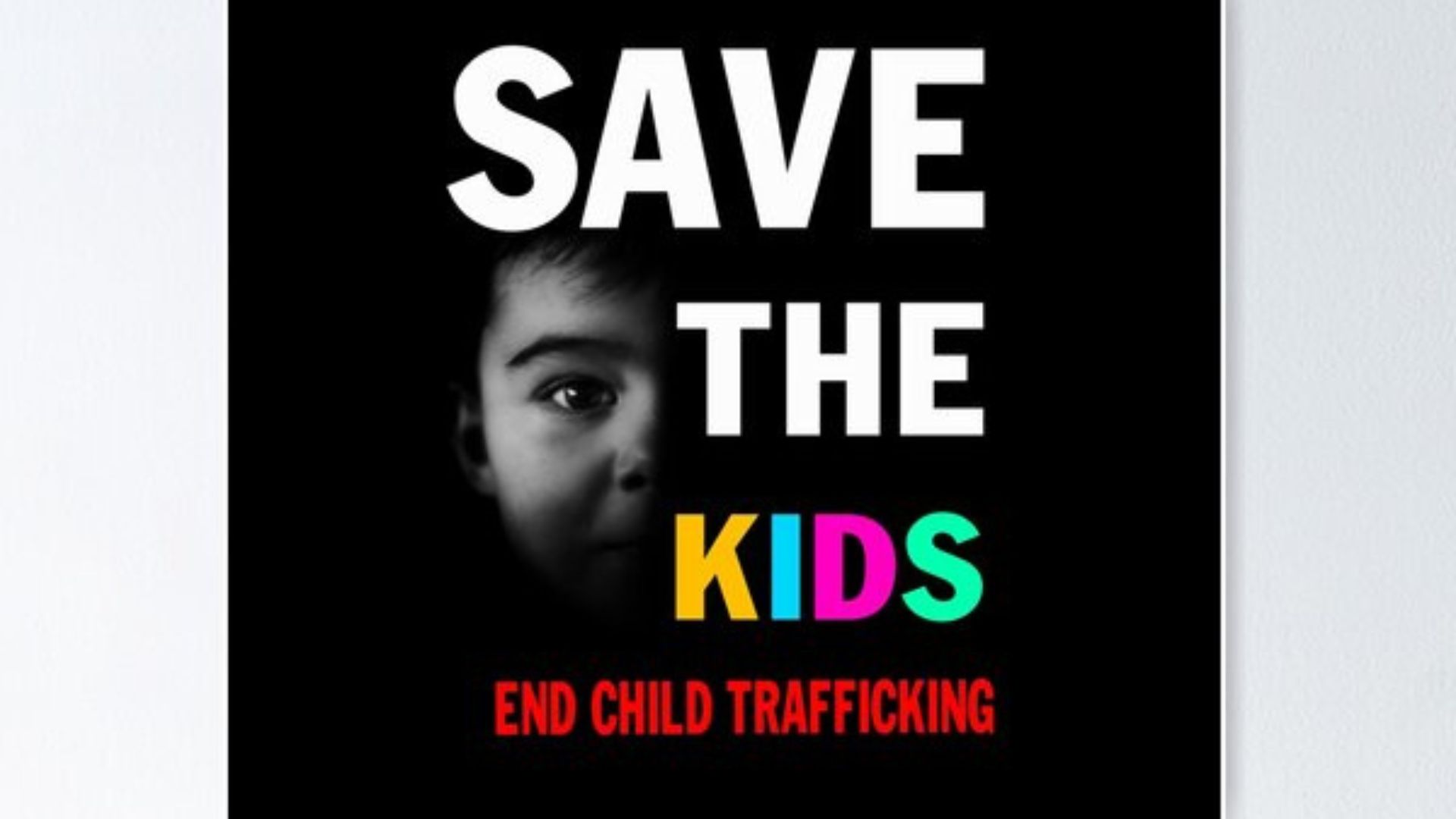|
Getting your Trinity Audio player ready...
|
Breaking chains empowers lives, dismantling the oppressive web of human trafficking and fostering a path toward freedom, justice, and dignity. Human trafficking, a clandestine and pervasive crime, operates in the shadows, ensnaring millions in its web of exploitation. In this blog post, we embark on a journey to unveil the reality of human trafficking, shedding light on its intricacies, challenges, and relentless efforts to combat this global issue.

Understanding the Scope
Human trafficking takes various forms, from forced labor to sexual exploitation. To address this issue effectively, we must comprehend the vast scope of its impact. This blog post navigates through the multifaceted nature of human trafficking, aiming to provide a comprehensive understanding of the challenges faced by those caught in its grip.
Breaking Down Stereotypes
Dispelling myths and stereotypes is integral to understanding the reality of human trafficking. This post challenges preconceived notions, emphasizing that victims come from diverse backgrounds. By doing so, we highlight the importance of a nuanced approach in addressing this pervasive issue.
Impact on Human Lives
The heart of the matter lies in the impact on human lives. “Breaking Chains” shares compelling stories, providing a voice to survivors and illustrating the profound consequences on individuals and communities. By humanizing the issue, this post aims to evoke empathy and inspire action against the exploitation of vulnerable individuals.
Global Initiatives and Progress
Amidst the darkness, there are beacons of hope – global initiatives and progress in the fight against human trafficking. This post explores the role of international organizations, governments, and grassroots movements in combating modern slavery. It showcases the progress made and emphasizes the collective responsibility in this global battle.
Challenges and Road Ahead
While progress is being made, numerous challenges persist. “Breaking Chains” confronts these hurdles, including legal complexities, lack of awareness, and the need for cross-border cooperation. By acknowledging these challenges, this post sets the stage for informed discussions on the road ahead in the fight against human trafficking.
Role of Advocacy and Education
Advocacy and education emerge as powerful tools in the fight against human trafficking. This post underscores the importance of raising awareness, educating communities, and fostering a culture of vigilance. By empowering individuals with knowledge, society can actively contribute to breaking the chains of exploitation.
Collaborative Efforts for Change
The fight against human trafficking requires a united front. This post highlights examples of successful collaborative efforts, emphasizing the need for partnerships between governments, NGOs, businesses, and individuals. Breaking the chains necessitates a collective commitment to dismantling the structures that perpetuate exploitation.
Empowering Communities
“Breaking Chains” is not just about observing; it’s about amplifying voices. This post highlights how human trafficking survivors become advocates for change, using their experiences to raise awareness and contribute to anti-trafficking initiatives. It emphasizes the power of survivor-led efforts in combating exploitation.
Individual Action and Responsibility
The post stresses that every individual has a role to play in combatting human trafficking. It provides practical steps for readers to take action, whether through supporting anti-trafficking organizations, staying vigilant in their communities, or advocating for policy changes. By highlighting individual responsibility, the post aims to mobilize a broader movement against exploitation.
Digital Age and Trafficking
In the digital age, human traffickers exploit online platforms for recruitment and exploitation. The post discusses how technology both facilitates and combats trafficking, urging for responsible use of online spaces. It emphasizes the need for tech companies, law enforcement, and users to collaborate in preventing digital exploitation.
The Aftermath: Rehabilitation and Support
Addressing the aftermath of trafficking is crucial. The post sheds light on rehabilitation efforts and the importance of providing survivors with comprehensive support, including physical and mental health services, education, and vocational training. It encourages readers to contribute to initiatives that aid survivors in rebuilding their lives.
Corporate Responsibility
The role of businesses in combating human trafficking is explored, emphasizing the need for corporate responsibility. The post discusses how companies can implement ethical supply chain practices, educate employees, and actively engage in anti-trafficking initiatives. It encourages consumers to support businesses committed to ethical practices.
Legislation and Policy Advocacy
The post underscores the significance of robust legislation and policy advocacy in the fight against human trafficking. It discusses the need for stringent laws, international cooperation, and continuous advocacy for systemic changes. Readers are encouraged to be informed advocates, supporting policies that prioritize anti-trafficking efforts.
The Way Forward: A Call to Action
“Breaking Chains” concludes with a compelling call to action. It urges readers to become advocates for change, supporting organizations dedicated to eradicating human trafficking, and actively participating in initiatives that promote awareness and prevention. The post emphasizes that breaking the chains of human trafficking is a shared responsibility and a collective journey toward a more just and humane world.




